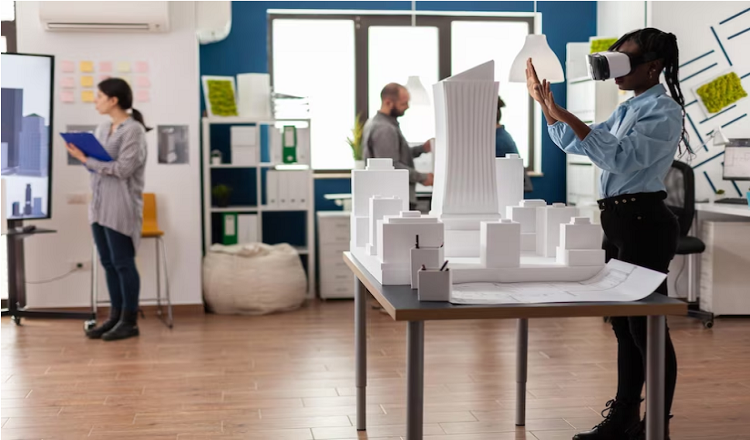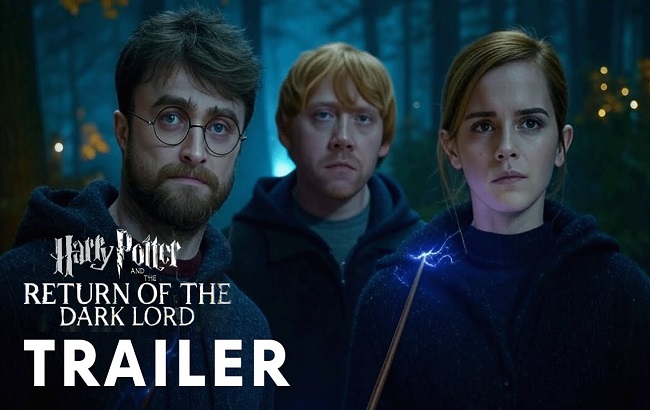Are you tired of walking around with a hefty blueprint under your arm, trying to explain to your client what their building will look like? Fear not, for virtual reality has swooped in to save the day.
Virtual reality technology has been making waves in the architecture and urban planning industry, and for good reason. With VR, architects and planners can create fully immersive experiences that allow clients and stakeholders to truly visualize and understand their designs. This not only streamlines the design process, but also helps to avoid costly mistakes down the line. Plus, let’s be honest, who doesn’t love a good virtual reality experience? The ability to walk through a building or neighborhood before it even exists is a thrilling and cutting-edge development that is revolutionizing the way we approach architecture and planning. So, let’s dive into the exciting world of virtual reality in architecture and urban planning.
Benefits of virtual reality in architecture and urban planning
When it comes to architecture and urban planning, the benefits of virtual reality (VR) are manifold. First and foremost, VR provides improved visualization and communication. In the past, designers and planners had to rely on 2D drawings and static images to convey their vision. However, with VR, clients and stakeholders can immerse themselves in a fully-realized 3D environment, allowing them to see and experience the design from all angles. This not only enhances the overall design process, but also helps to catch mistakes and make improvements early on.
Moreover, virtual reality can reduce both time and cost in the design process. Because clients can fully visualize and experience the design in a virtual environment, they are less likely to request changes or revisions down the line. This not only saves time, but also saves money by avoiding costly mistakes or miscommunications.
Finally, virtual reality technology has the potential to enhance collaboration and stakeholder engagement in architecture and urban planning. By creating a virtual environment, stakeholders from different backgrounds and expertise can come together to review and discuss the design. This level of collaboration is unparalleled, as it allows all parties to experience the design in a more intuitive and interactive way.
All in all, virtual reality is a game-changer for architecture and urban planning, providing benefits that range from better visualization and communication to reduced time and cost in the design process, and enhanced collaboration and stakeholder engagement. With VR technology, the future of design is more exciting and accessible than ever before.
Virtual reality applications in architecture
Virtual reality (VR) has the potential to revolutionize the way architects design and model buildings. By using VR, architects can create immersive experiences that allow clients and stakeholders to visualize and experience the building design in a realistic and interactive way. This means that designers can create and modify 3D models in real time, while clients can explore and experience the building from a first-person perspective.
In addition to designing and modeling buildings, virtual reality can also simulate interior spaces and lighting. With VR, architects can create a 3D model of a building and then simulate different lighting scenarios and layouts. This can help designers to optimize natural lighting, reduce energy consumption, and create more comfortable and functional interior spaces.
Finally, virtual reality can be used to evaluate building performance and energy efficiency. Architects can use VR to simulate the building’s energy usage and identify areas for improvement. This not only improves the building’s energy efficiency, but can also save clients money on their energy bills.
In conclusion, virtual reality has a wide range of applications in architecture, from designing and modeling buildings to simulating interior spaces and lighting, and evaluating building performance and energy efficiency. By using VR, architects can create more efficient, sustainable, and comfortable buildings, while providing clients with a fully immersive and interactive design experience. As VR technology continues to advance, the future of architecture and design looks more exciting and innovative than ever before.
Virtual reality applications in urban planning
Virtual reality (VR) is not just transforming architecture, it is also having a significant impact on the way urban planners design and model cities and neighborhoods. With VR technology, urban planners can create and analyze 3D models of cities and neighborhoods, which provide a more immersive and interactive way to experience and evaluate the proposed urban design. This allows planners to identify potential issues or opportunities early on and adjust the design accordingly.
Virtual reality can also be used to test the impact of urban design on traffic and pedestrian flow. By simulating different scenarios in a virtual environment, urban planners can evaluate the effectiveness of proposed designs and identify potential areas for improvement. This is particularly valuable when it comes to large-scale projects, where the impact on traffic and pedestrian flow can have a significant impact on the success of the design.
Finally, virtual reality can be used to engage with community members and stakeholders in the planning process. By creating a virtual environment, community members can experience the proposed urban design and provide feedback on their experience. This level of engagement is unparalleled, as it allows all parties to participate in the planning process in a more intuitive and interactive way.
In conclusion, virtual reality has numerous applications in urban planning, from creating and analyzing 3D models of cities and neighborhoods, to testing the impact of urban design on traffic and pedestrian flow, and engaging with community members and stakeholders in the planning process. As VR technology continues to evolve, the future of urban planning looks more exciting, sustainable, and community-focused than ever before.
Current examples of virtual reality in architecture and urban planning
Virtual reality (VR) is becoming increasingly popular in the fields of architecture and urban planning, with many successful projects and companies making use of this technology. One such project is the virtual reality model of a skyscraper in New York City, which was created by SHoP Architects. Using VR technology, the architects were able to create a fully immersive experience of the building, allowing clients to explore the design in a realistic and interactive way.
Another example is the use of VR in urban planning by the city of Dubai. Dubai’s government has created a VR platform that allows city planners to create and visualize proposed designs for new buildings, neighborhoods, and infrastructure. This platform has been used to evaluate and refine the design of major projects, such as the Dubai World Trade Centre.
In addition to individual projects, there are also numerous companies and organizations using virtual reality for design and planning. One such company is IrisVR, which has developed a VR platform specifically for architects and designers. The platform allows users to create and experience 3D models in a fully immersive environment, enabling them to refine their designs and collaborate with clients and stakeholders.
In conclusion, there are many current examples of virtual reality being used in architecture and urban planning, from case studies of successful virtual reality projects to examples of companies and organizations using VR for design and planning. As this technology continues to evolve and become more accessible, it has the potential to transform the way architects and planners design and visualize buildings and cities, creating more efficient, sustainable, and community-focused designs.
Future outlook and limitations for virtual reality in architecture and urban planning
The future outlook for virtual reality (VR) in architecture and urban planning is promising, with advancements in technology and software offering new possibilities for design innovation and sustainability. As VR technology continues to evolve, it is expected to become even more accessible, affordable, and user-friendly, making it easier for architects and planners to incorporate it into their workflows.
One of the most exciting possibilities for the future of VR in architecture and urban planning is its potential impact on sustainability. By simulating different scenarios in a virtual environment, architects and planners can evaluate the environmental impact of their designs and make adjustments to reduce their carbon footprint. Additionally, VR technology can enable architects to design more energy-efficient buildings by modeling and simulating their performance in a virtual environment.
The future of VR in architecture and urban planning also presents opportunities for further research and development. As the technology continues to improve, it may be possible to incorporate additional features and tools that can enhance the design process, such as AI-generated design recommendations or real-time collaboration between team members.
Despite its potential, virtual reality in architecture and urban planning still faces some limitations. One of the primary limitations is technical requirements, as the hardware and software required for VR can be expensive and may not be accessible to all architects and planners. Additionally, there may be potential issues with user experience and immersion, as some users may experience motion sickness or disorientation in a virtual environment.
Another limitation to consider is the ethical use of VR in the planning process. As with any new technology, there are concerns around how it could be used to manipulate stakeholders or misrepresent a design. Architects and planners must be transparent about the limitations of the technology and ensure that it is used ethically and responsibly.
Conclusion
While virtual reality in architecture and urban planning has the potential to transform the design process, there are also limitations that must be considered. The future outlook for VR in architecture and urban planning is promising, but continued research and development are needed to ensure that it is accessible, effective, and used in an ethical and responsible manner.




